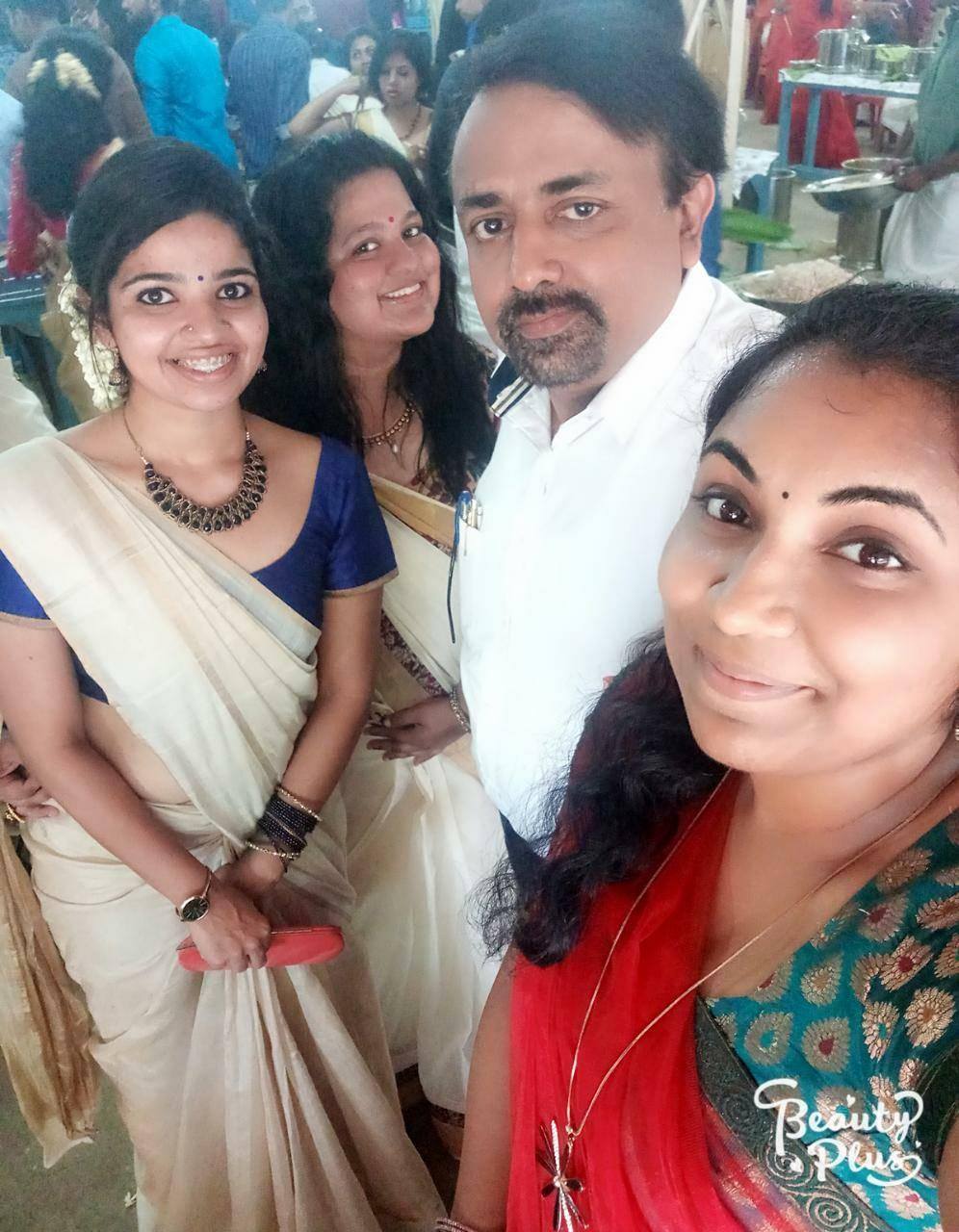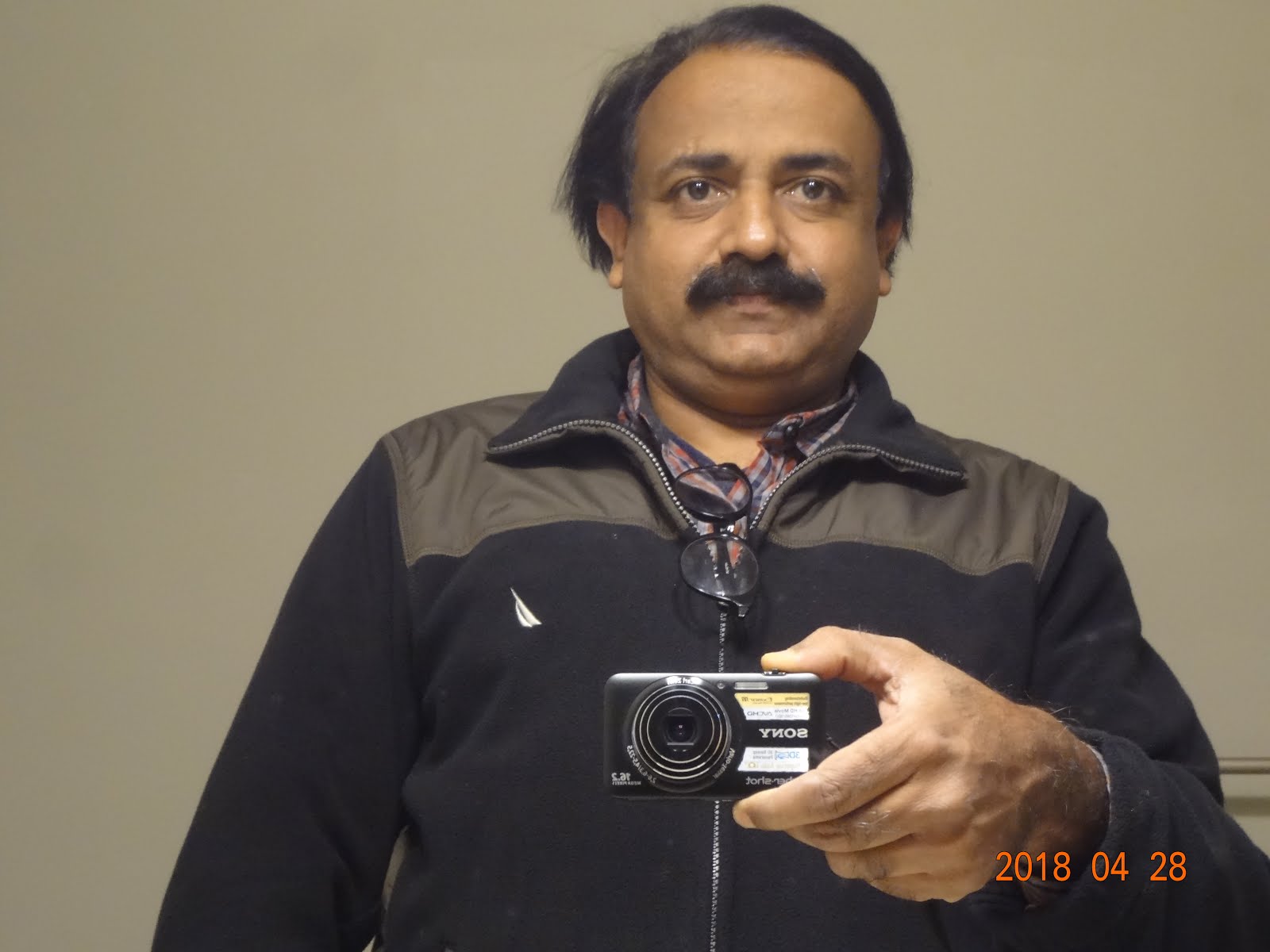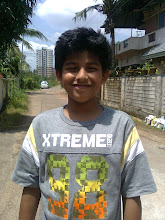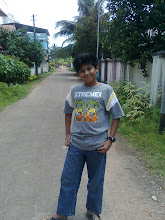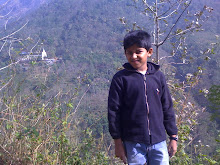Sapir Whorf hypothesis in action or thereabouts
Sapir Whorf hypothesis is a theory developed by Edward Sapir and Benjamin Lee Whorf that states that the structure of a language determines or greatly influences the modes of thought and behavior characteristic of the culture in which it is spoken. I believe it follows that if the structure is ‘deficient’ in some sense, the thought and behaviour is also correspondingly ‘deficient’. Since Language is a great differentiator along cultural as well as linguistic lines, one can also safely extrapolate that the cultures that are deficient, sufficient or rich in language may also be respectively and accordingly so.
I believe it should be explained that, the experiences common to a cultural group are the foundations on which their shared values, beliefs and assumptions (in short, culture) are built, generates appropriate sounds, inflections, phonemes, morphemes, semantics, syntax and all the other units that are used to describe language and that is why language and culture as so inseparable and is a more complete argument. Language does not originate from a vacuum as is implied by the Sapir Whorf hypothesis as stated above.
It follows therefore that by analysing the language and perhaps arriving at the unique expressions of a linguistic group one may reverse trace the original experiences of that group. Since we cannot usually go back in time, it may remain a matter of conjecture and a plausible one, nevertheless is a good intellectual pursuit if one is inclined so. So did my argument of ‘barabar’ for ‘right?’ or ‘okay?’ of the Gujaratis, while the original in Hindi means ‘equal’. Ok for equal I argued is an expression of the underlying industrial, commercial instinct of the Gujarati of something of equal value given in return and therefore a fair transaction and therefore ok. This is more in line with discourse analysis with some extrapolations.
I witnessed two expressions of Mallus which indicated the thought process in Hindi which happened to be the local language from childhood, but when forced to speak to listeners who were predominantly Mallu it gave away the structure of the original Hindi though in Malayalam it made less sense or grammatically no sense. The expression was ‘varaan koduthilla’ which is no expression in Malayalam but a translation of ‘aane nahi diya’ in which made perfect sense in Hindi and meant ‘did not allow entry’.
Similar was another boy’s expression ‘patti kadichu karega’ in Malayalam and Hindi mix which was a translation of the Hindi ‘kutha kaatta karega’ which means ‘the dog will bite’ or more specifically ‘the dog will do the bite’ in Hindi but no such expression existed in Malayalam or English. Can we extrapolate therefore that in spite of being born to Malayali parents, because of the upbringing in the North, these children are more likely North Indian culturally? More later......




